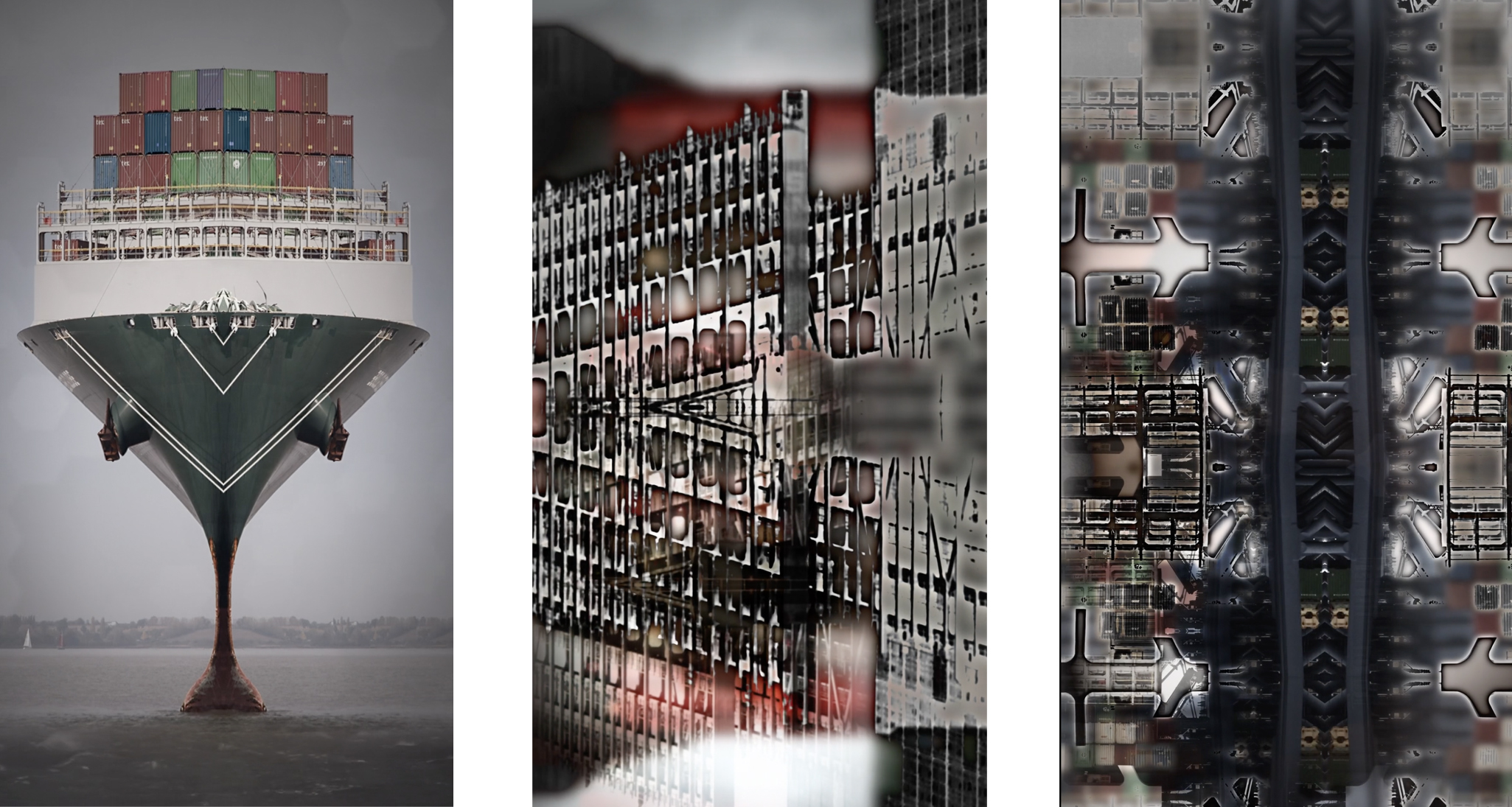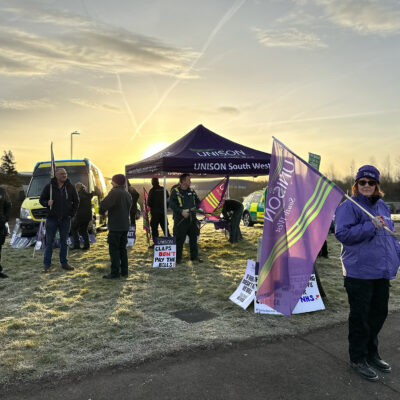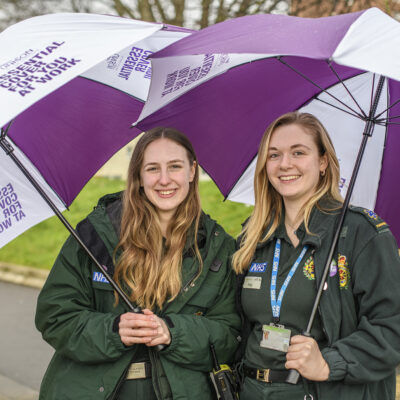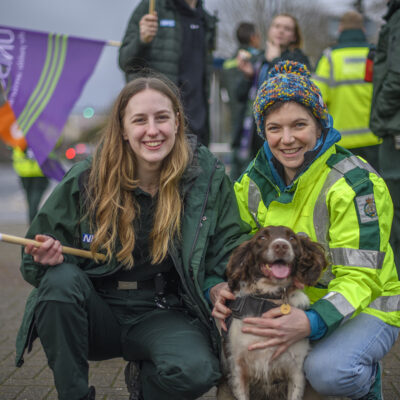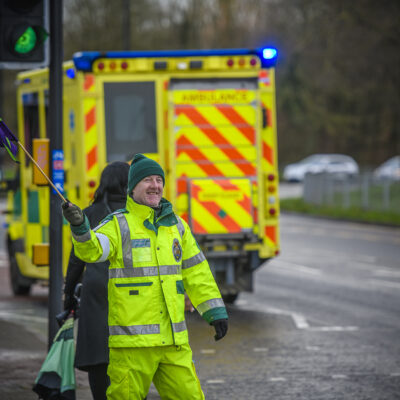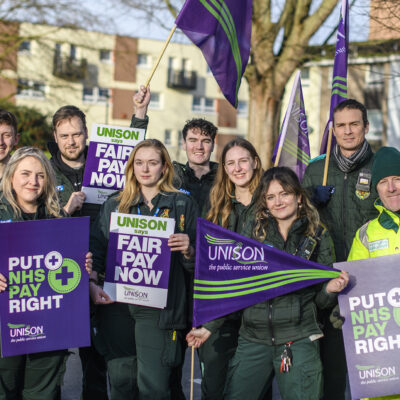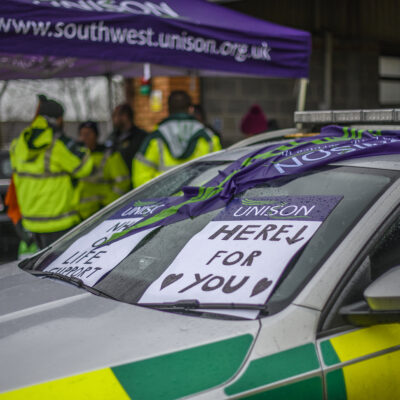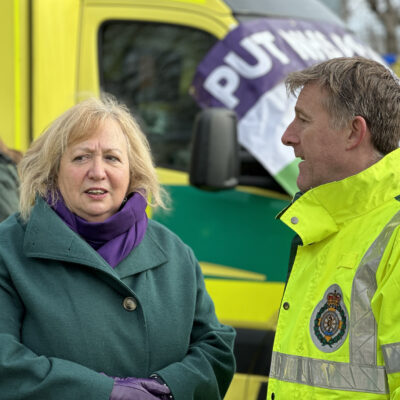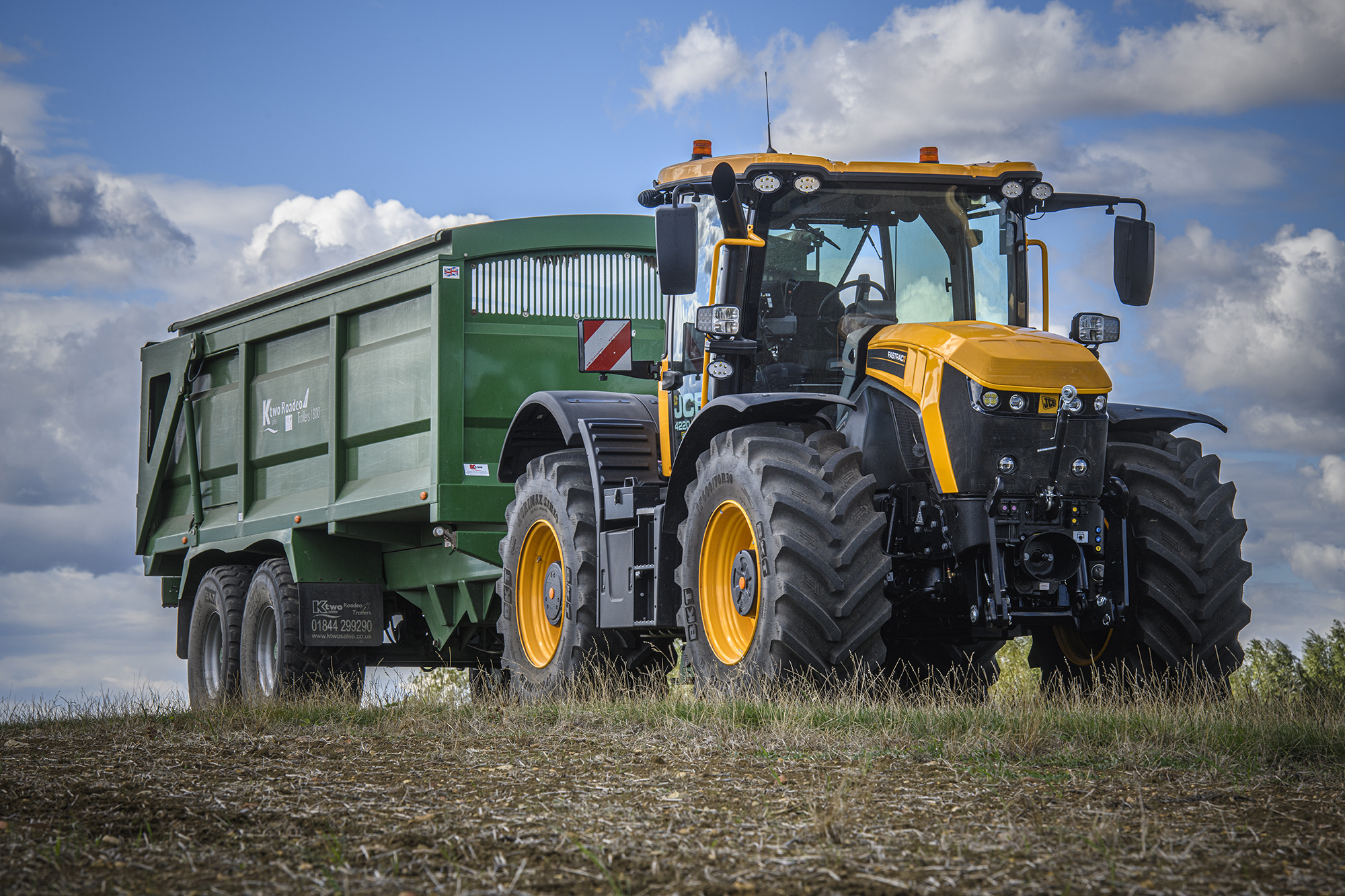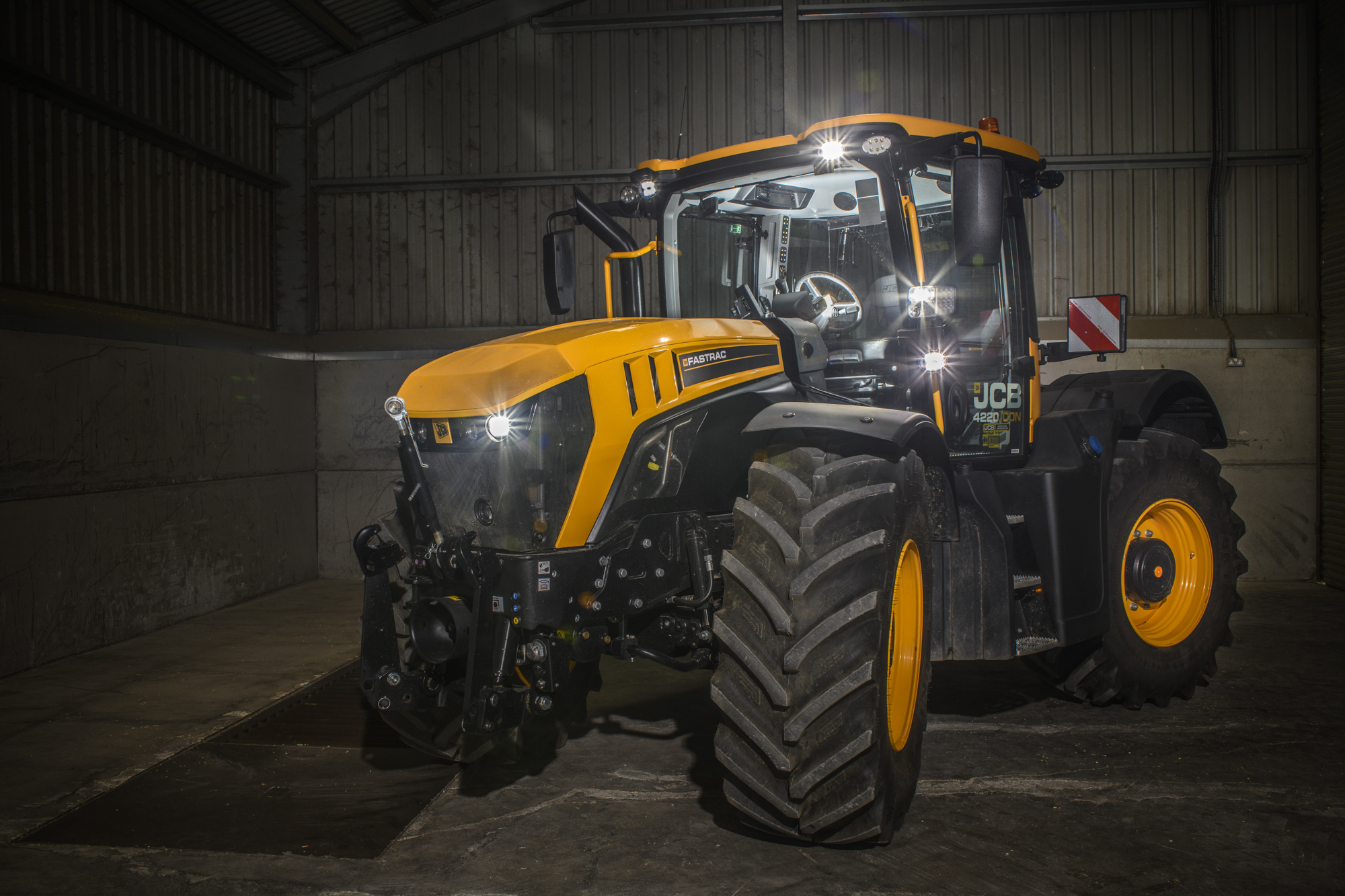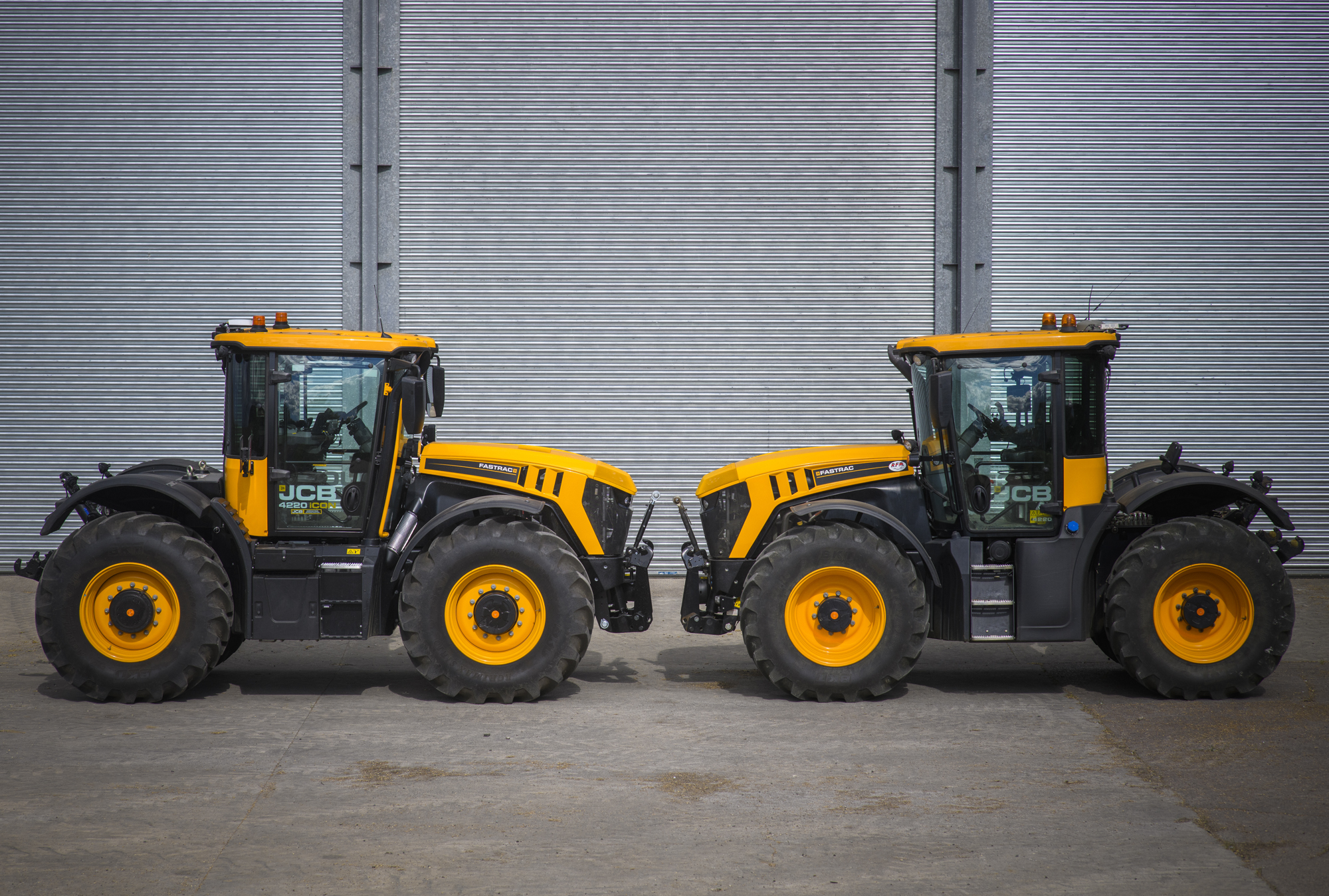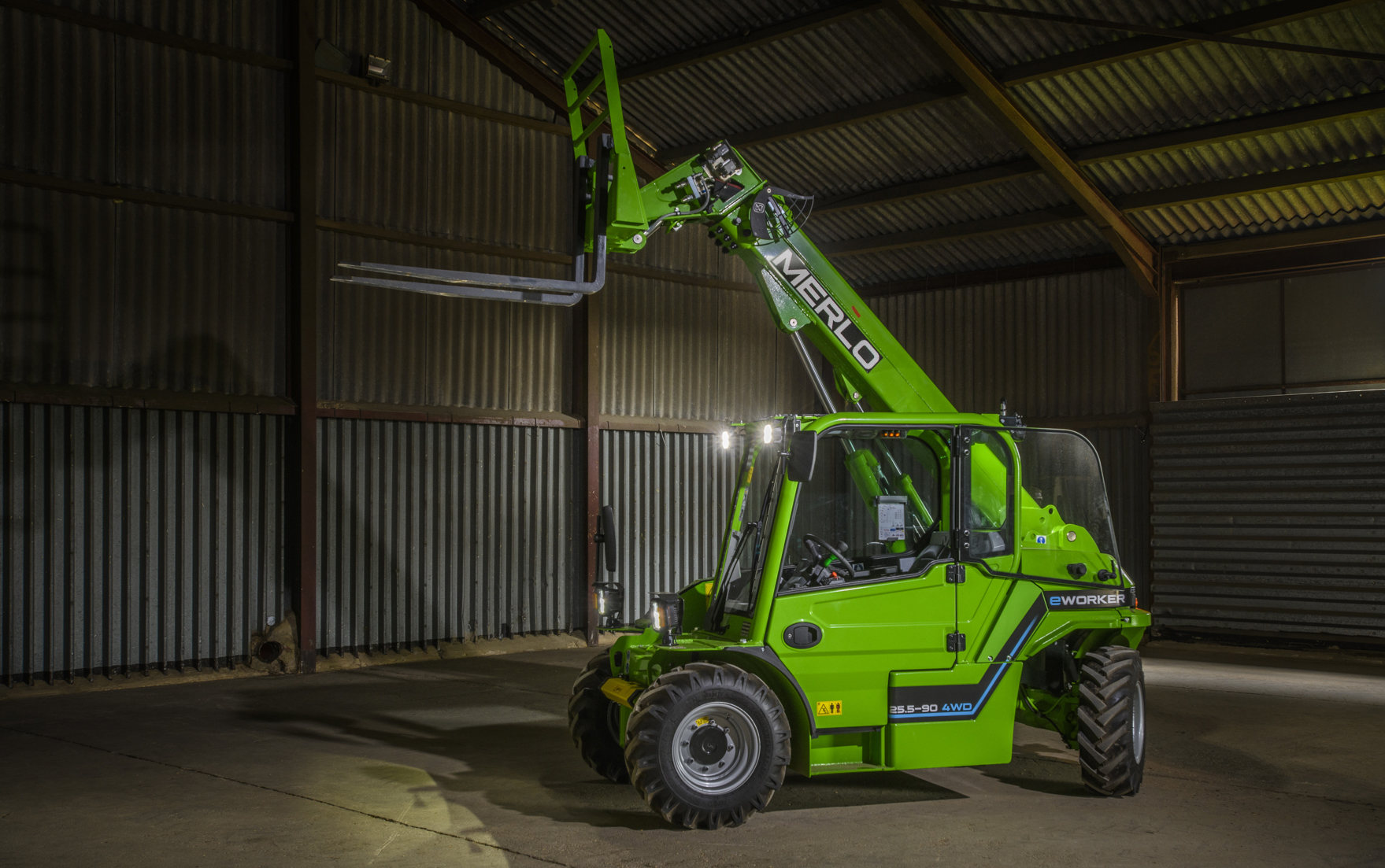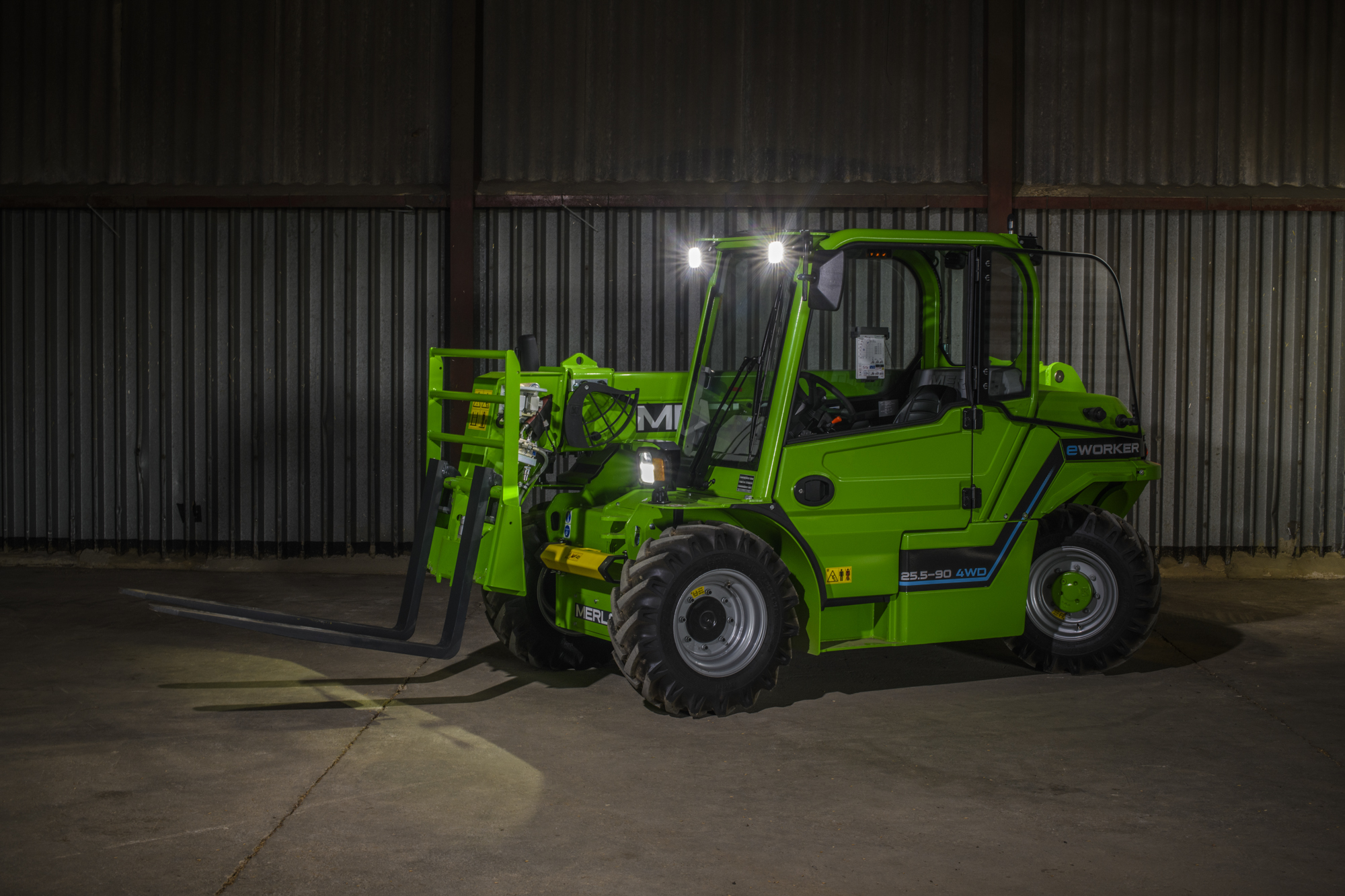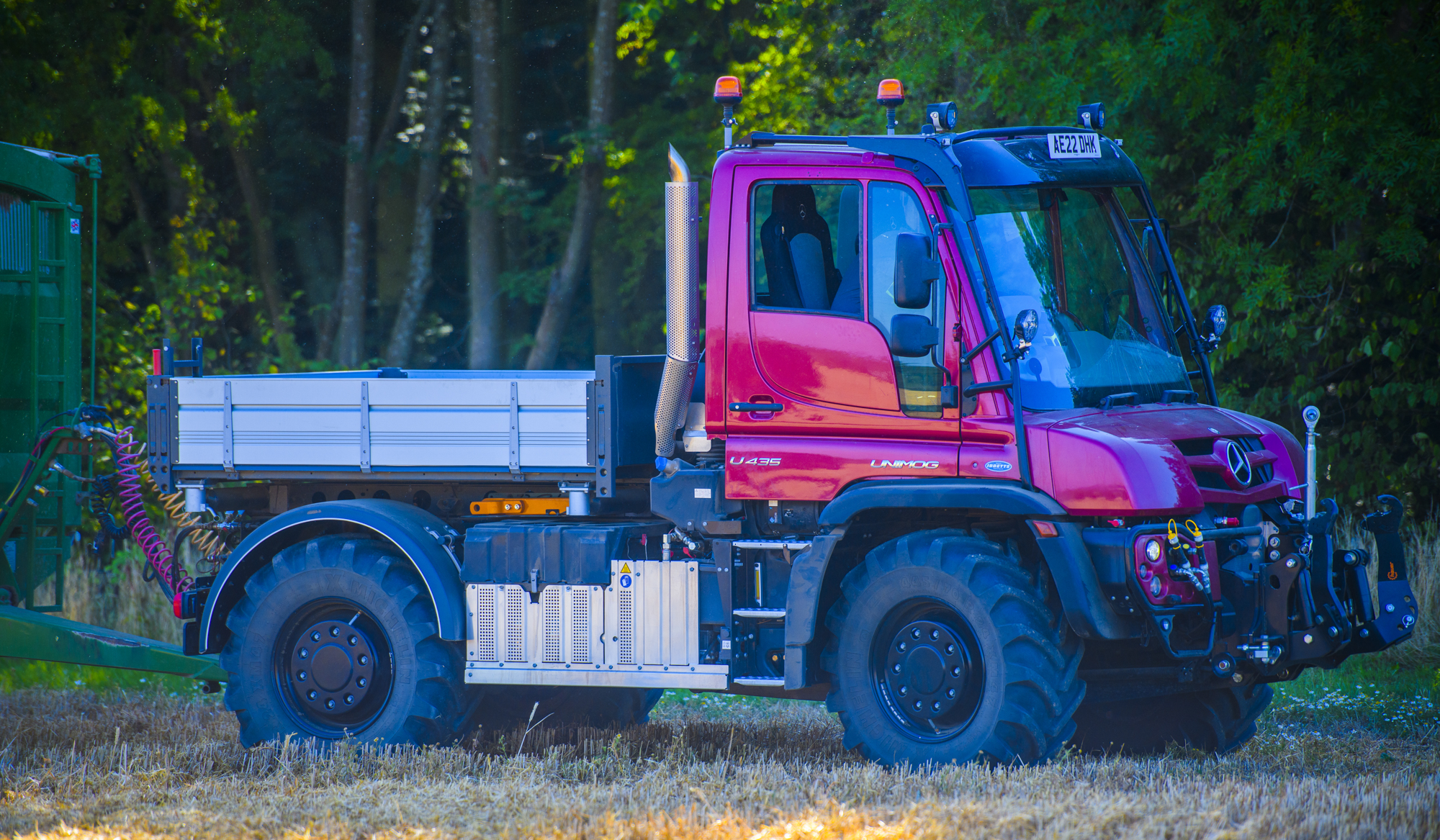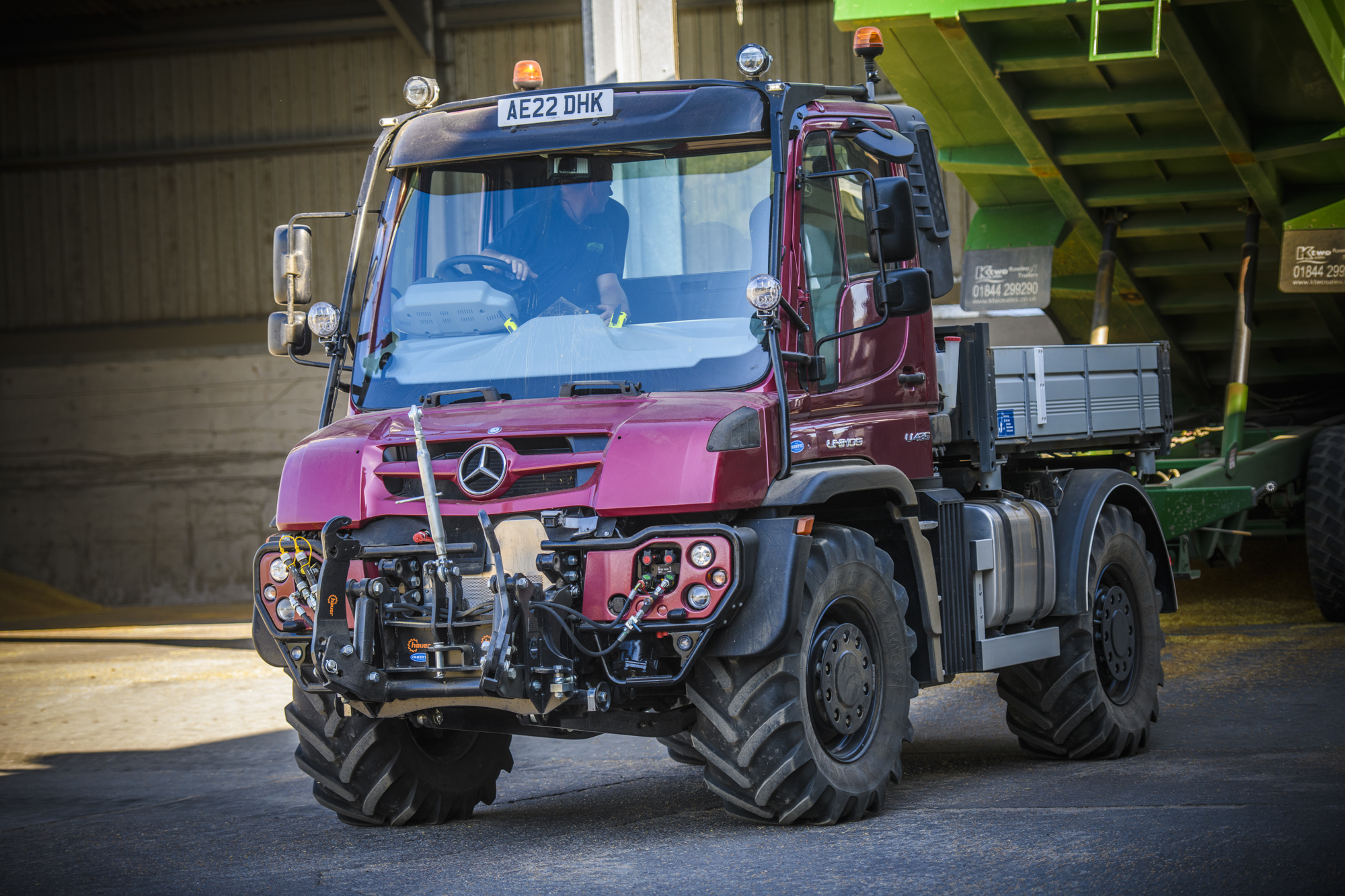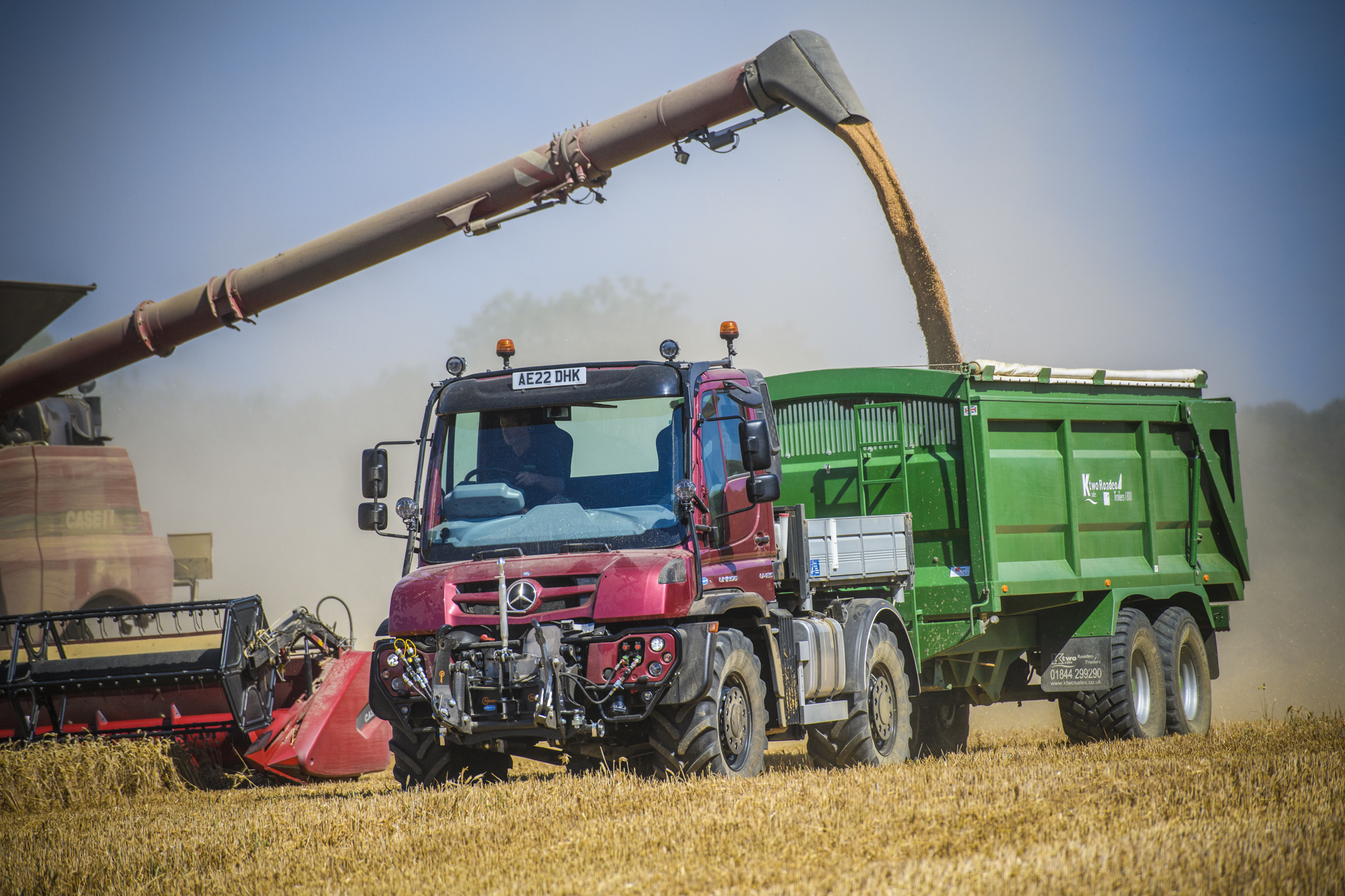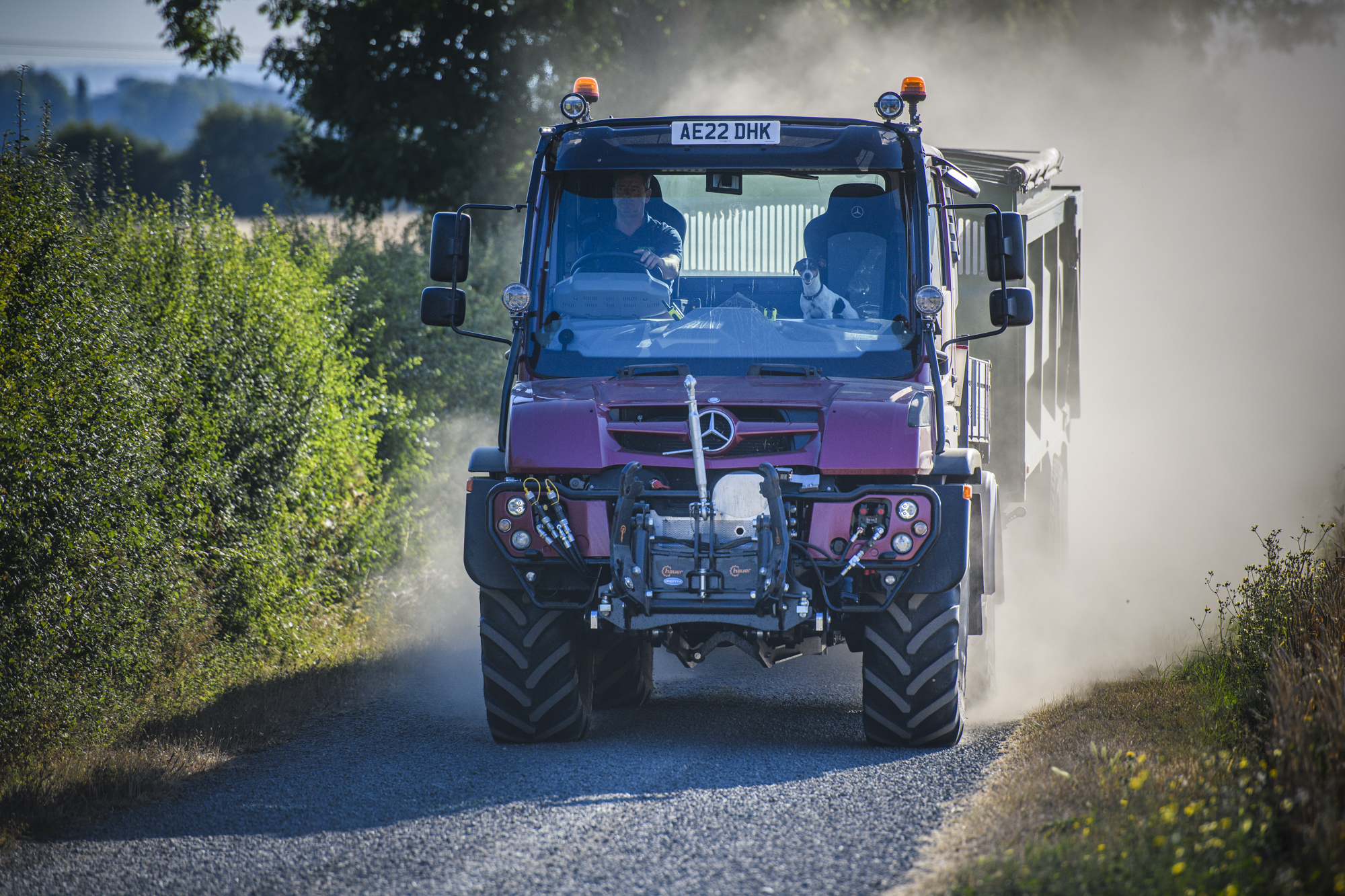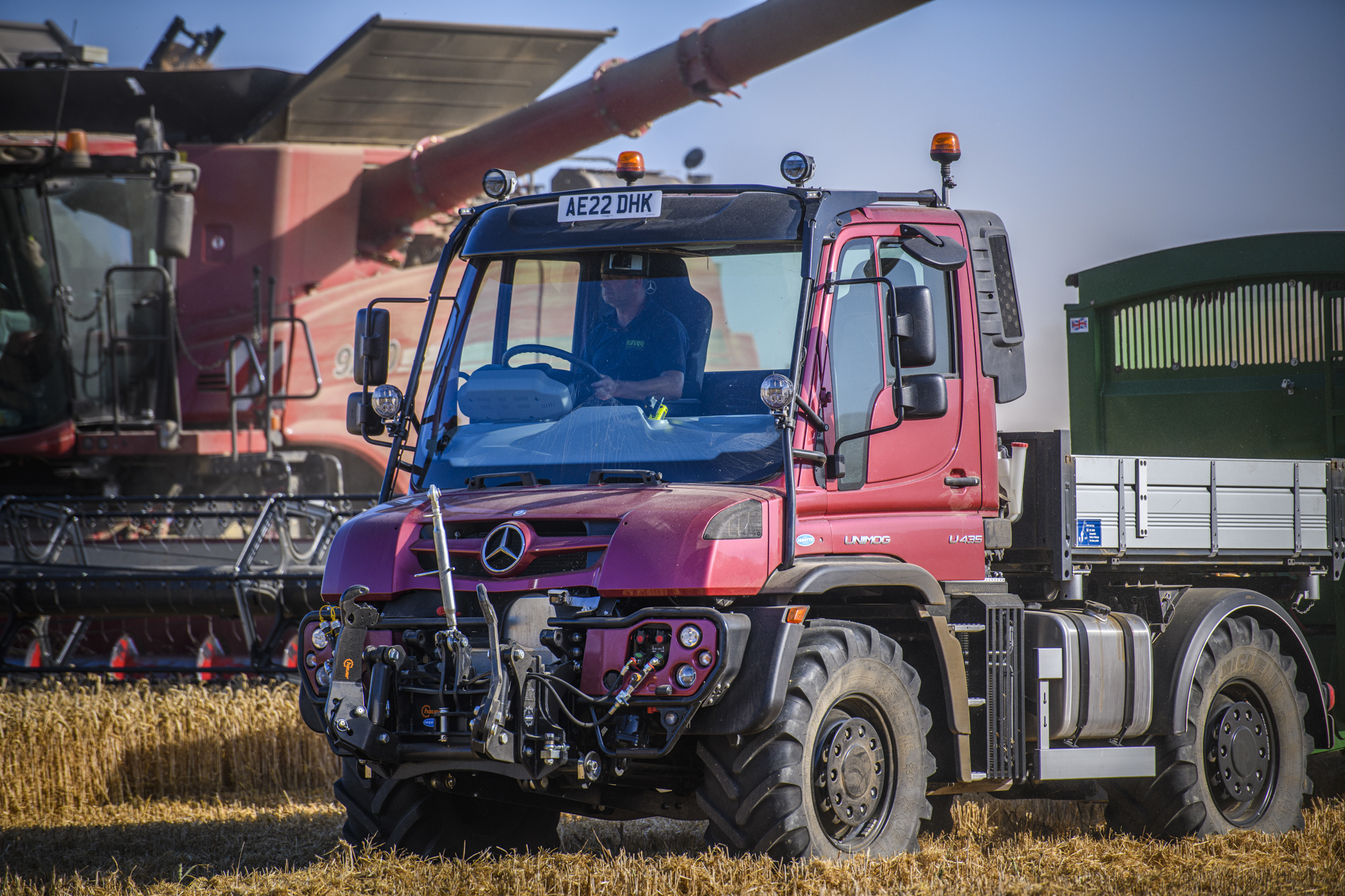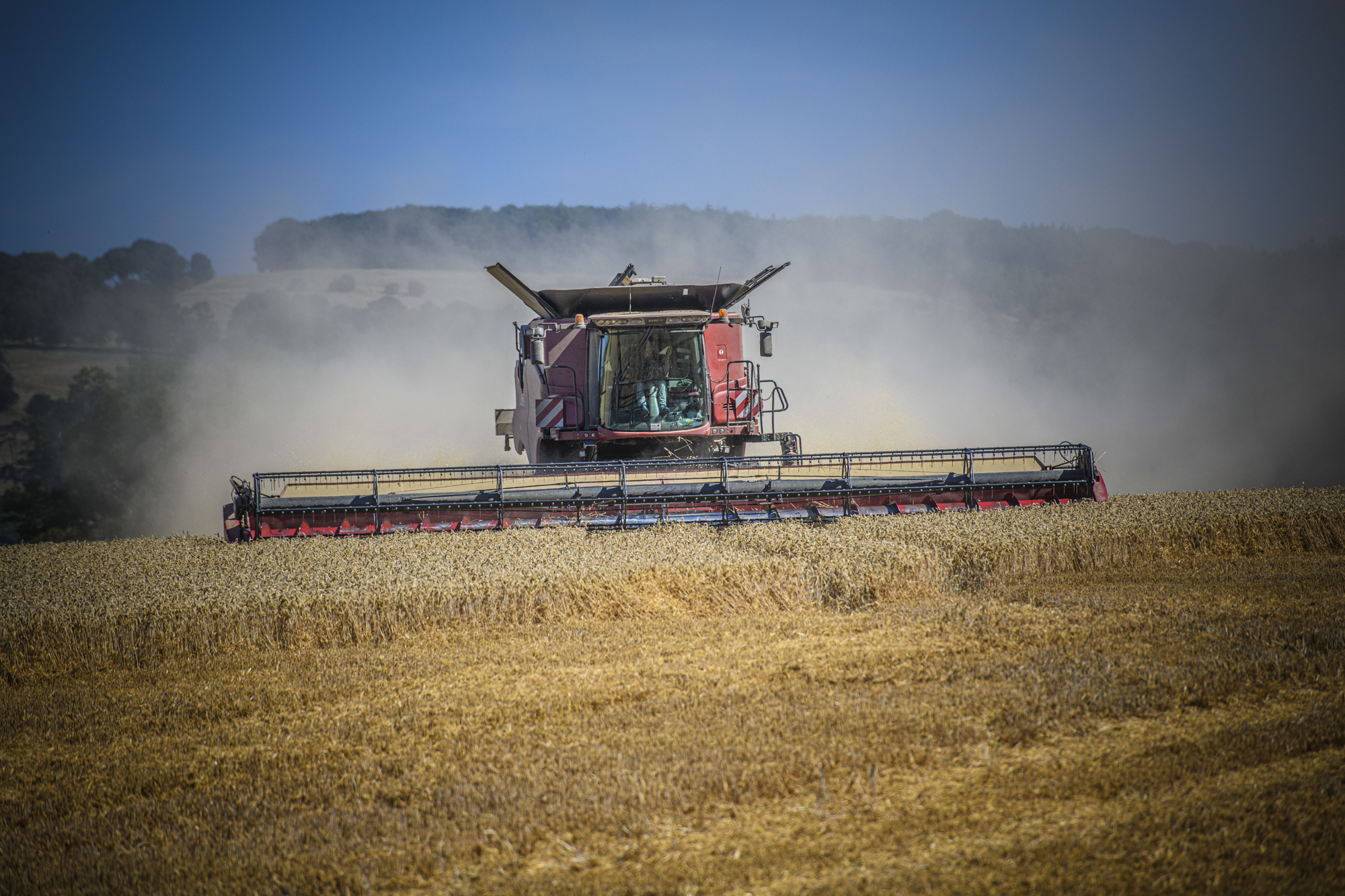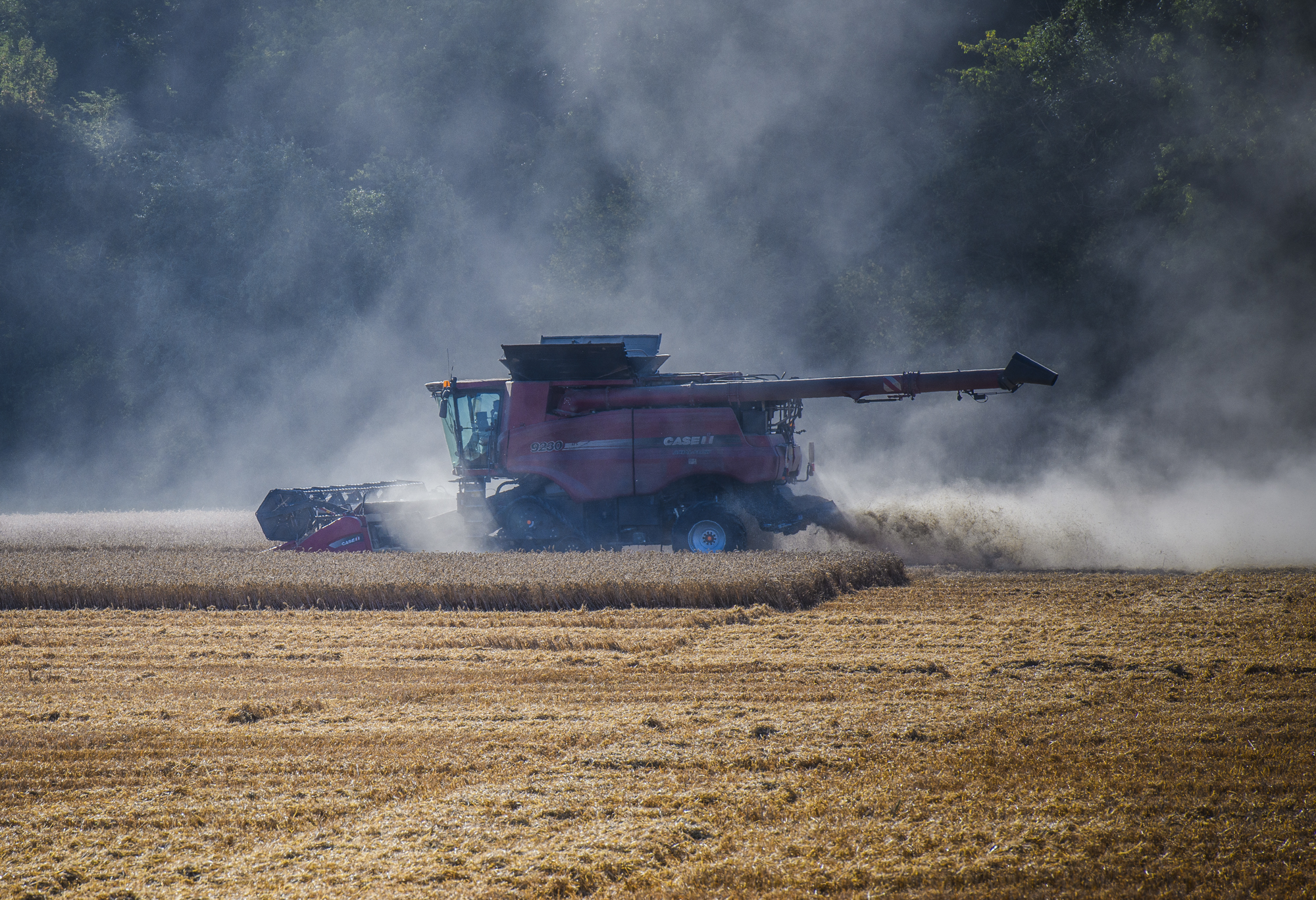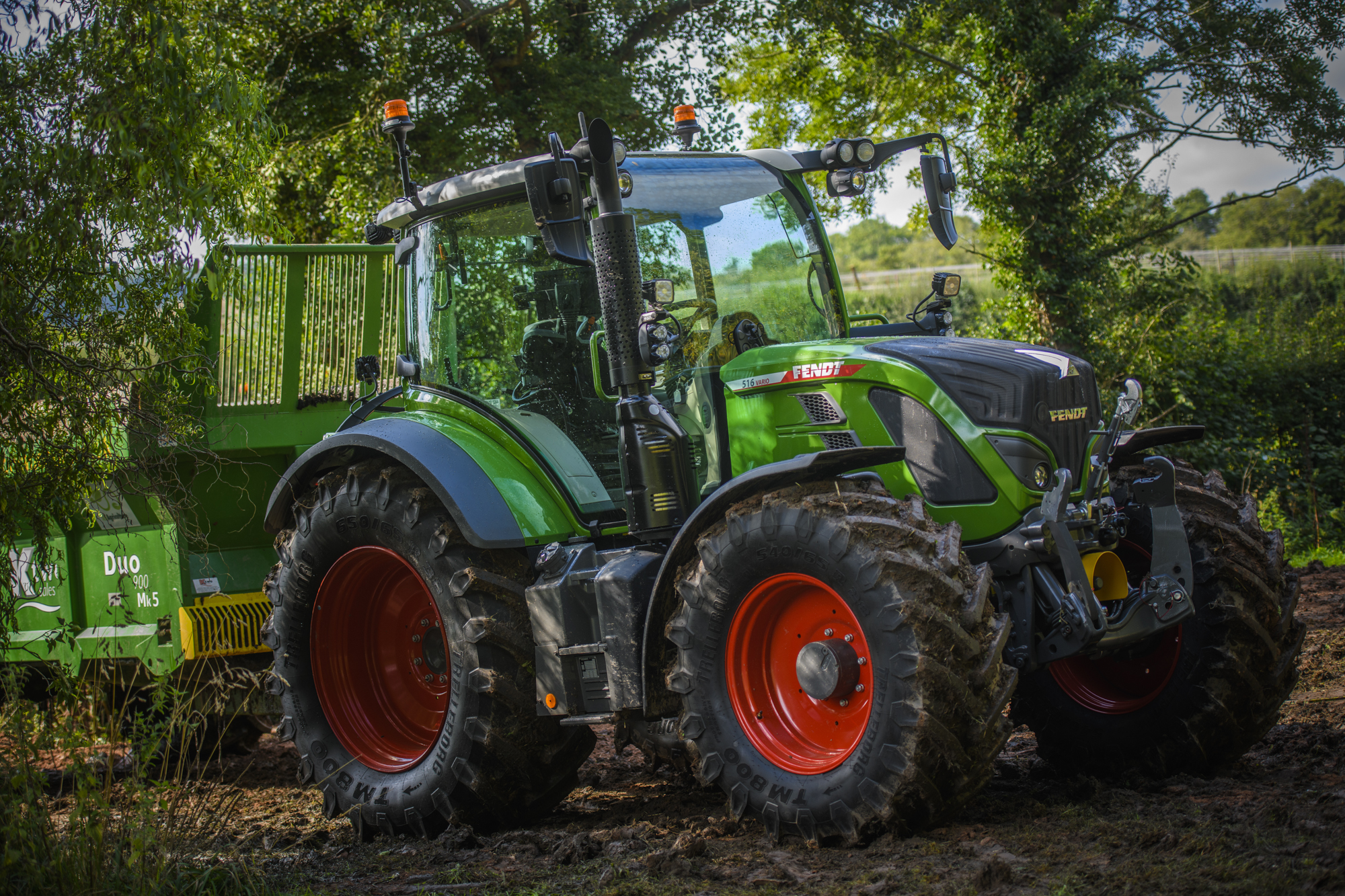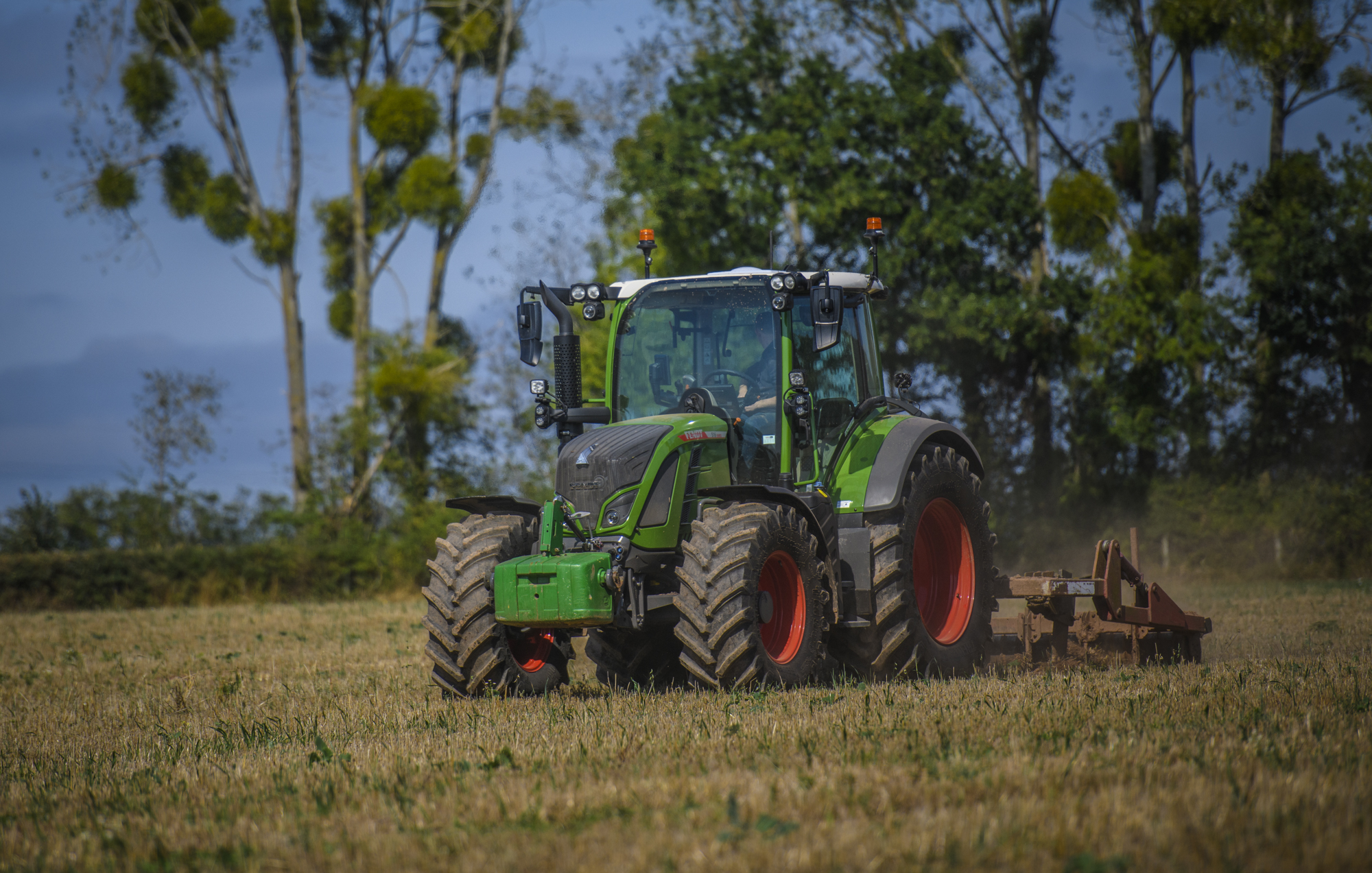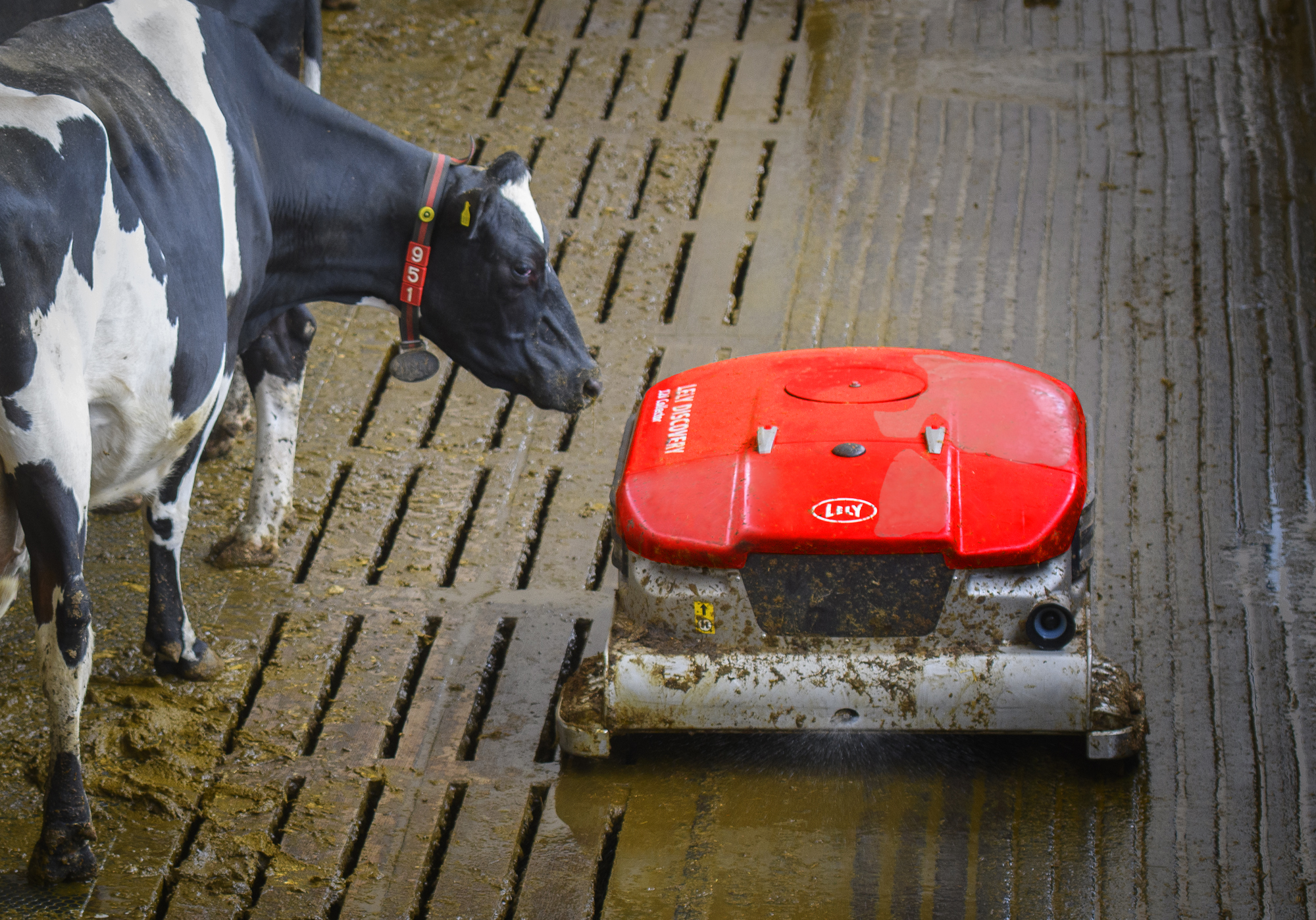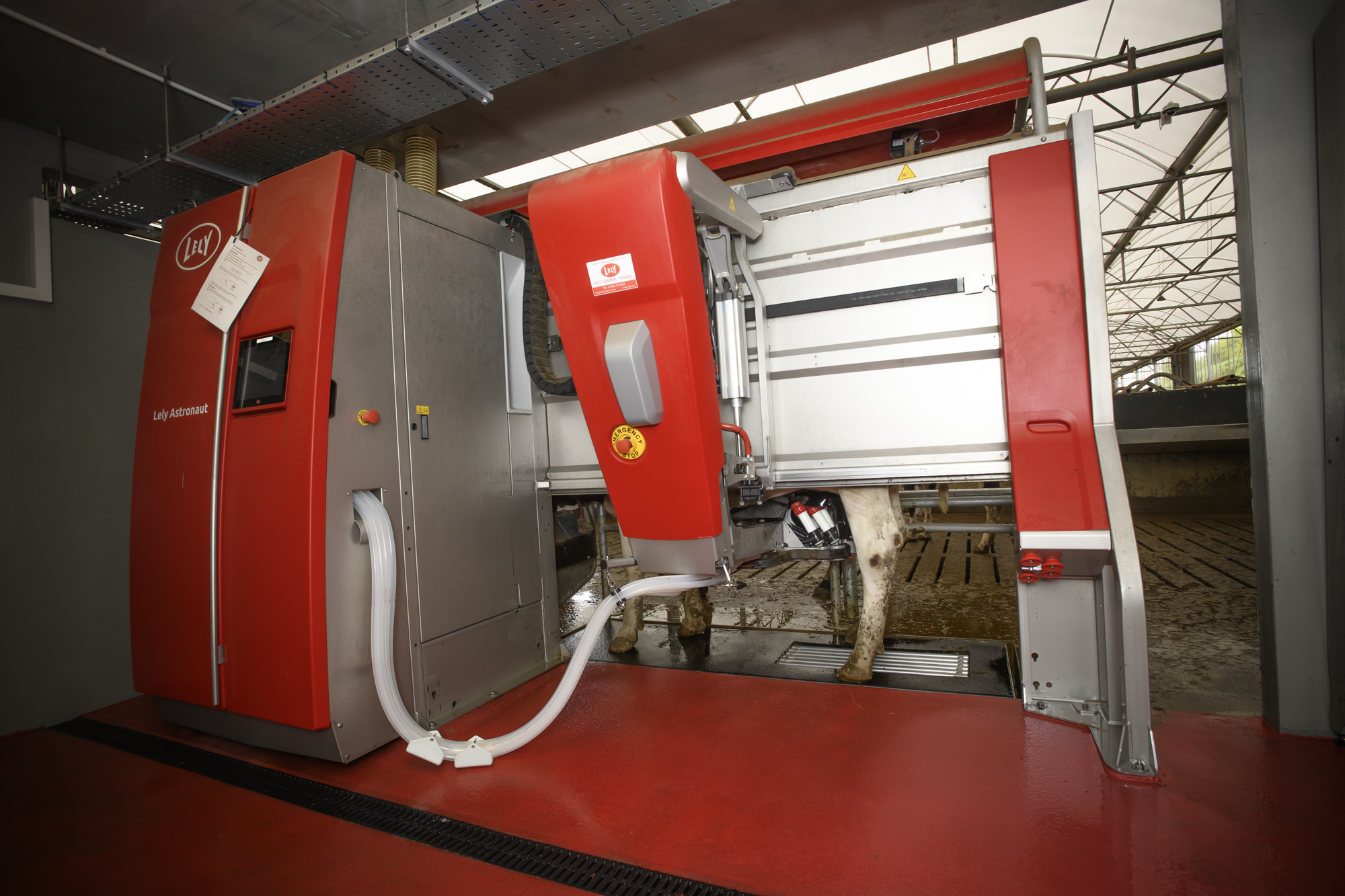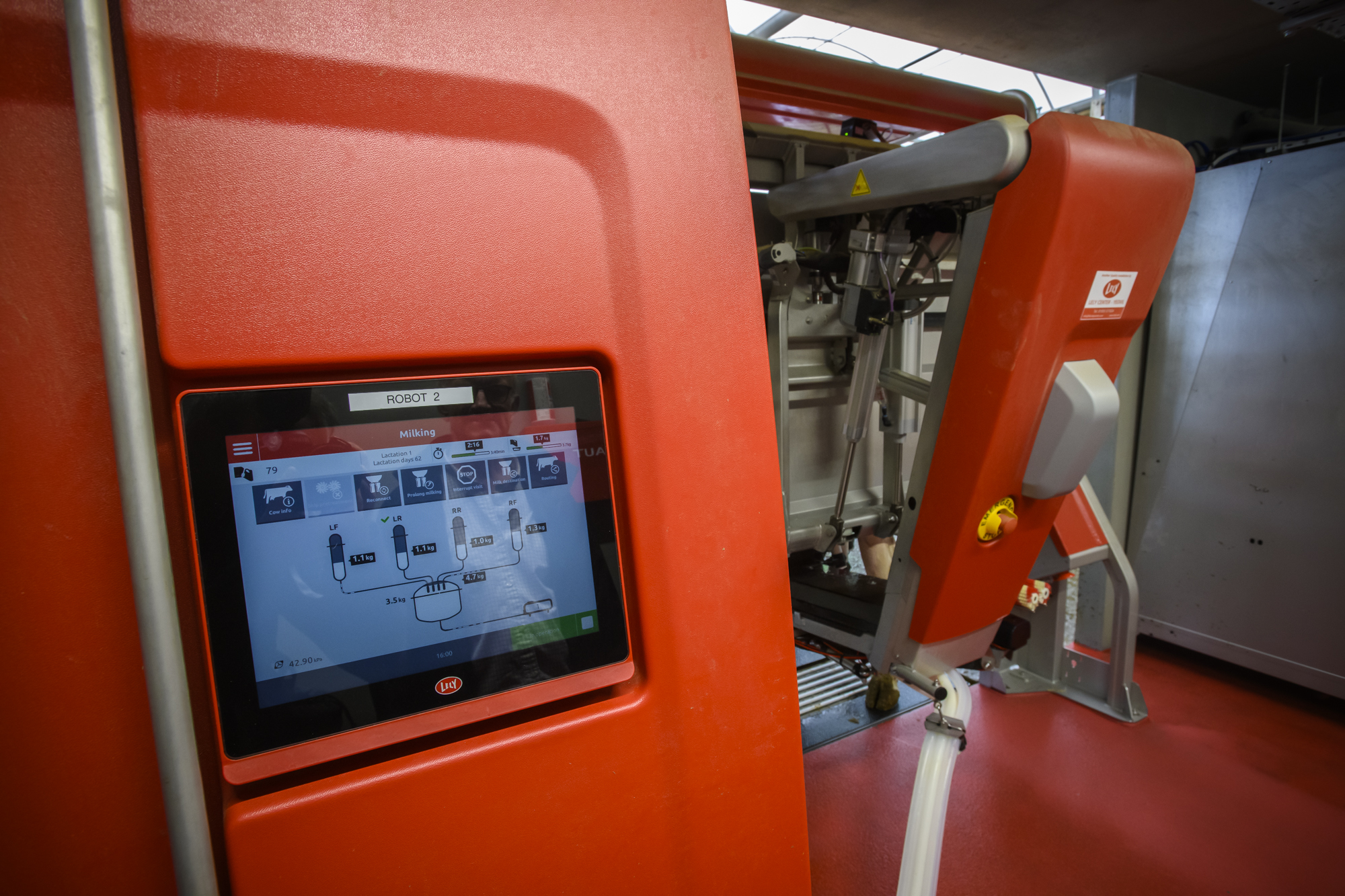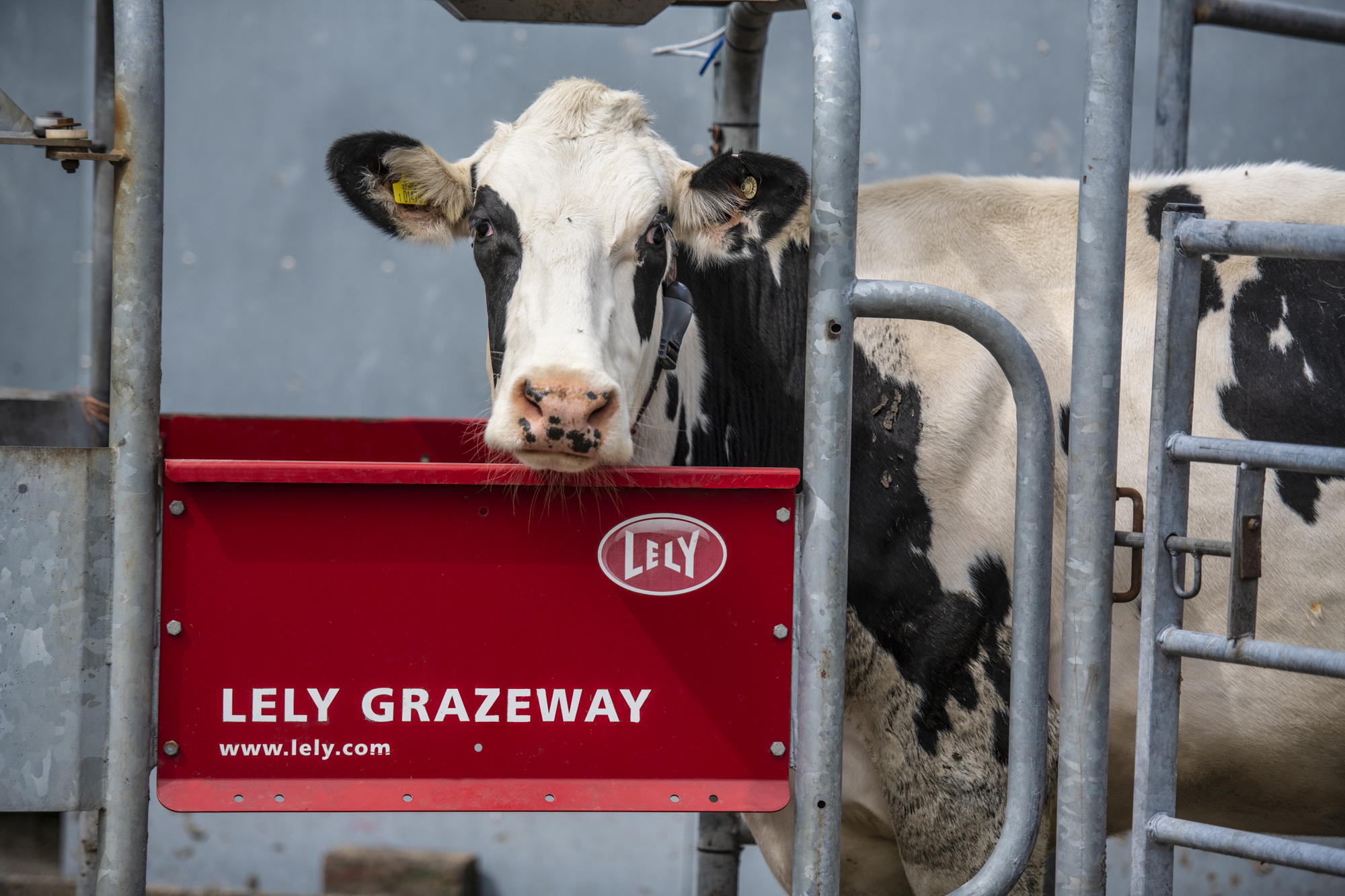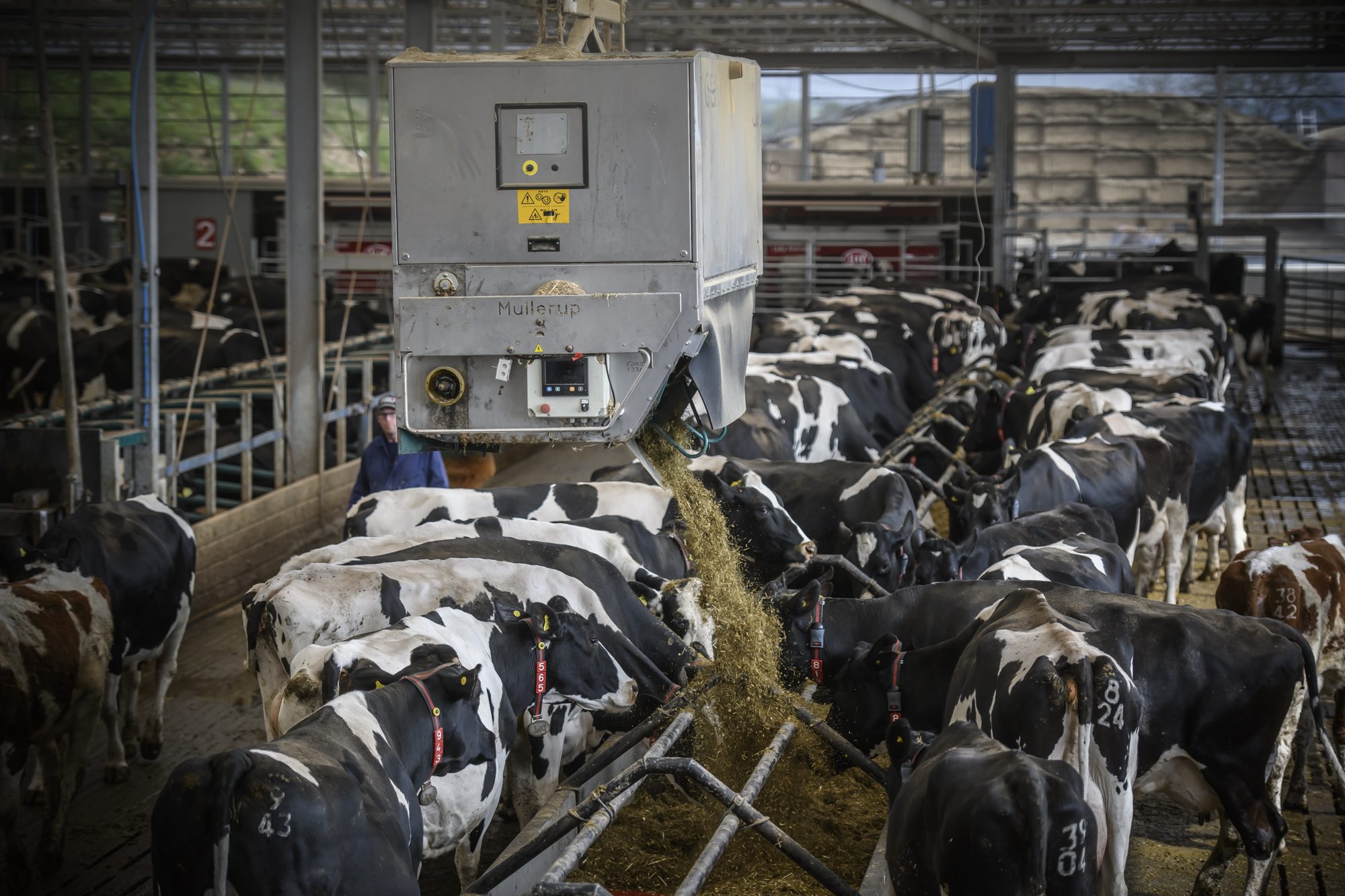Analogue film photography and darkroom workshops – in-person
Darkroom training workshop – film developing, printing and alternative processes
I am now offering onsite analogue and darkroom photography workshops and consultancy services to individuals, schools, colleges and organisations. If you want to create a darkroom from scratch or revive and old one, I can help you to get it up and running.
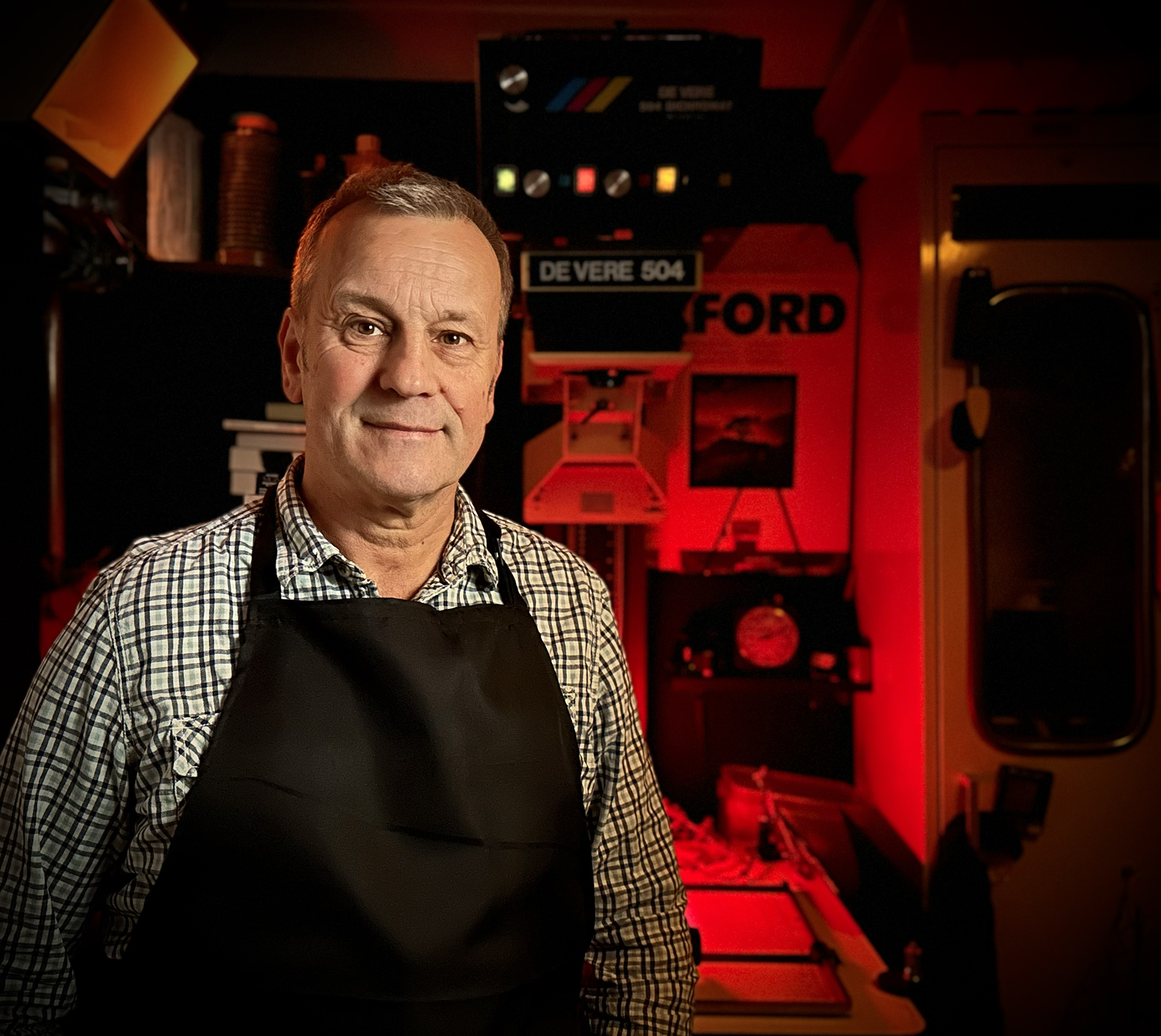
Workshop overview
If you do not have a darkroom but would like to learn the basics or introduce your students to analogue photography I can set up a small temporary darkroom in your home, classroom or office.
‘We had Nigel come into school for a day to train myself and another colleague in darkroom photography, to enable us to be confident enough in teaching both GCSE and A-level students the same skills after our photography specialist is no longer able to teach. The day was jam packed and we both learnt a lot about various parts of traditional darkroom photography, the developing process, pin hole cameras, photograms and luminograms. Emma Hart, Sandy Secondary School, Bedfordshire
Workshop content
I can help you with;
- Setting up a darkroom of your own or reviving an old darkroom that has been unused for a while.
- If you do not have a darkroom or any of the equipment, I can bring a portable darkroom along with all of the equipment and materials to your home or workplace. All I will need is electricity and a sink.
- Providing an introduction to cameraless photography, pinhole photography, photograms, water grams, cyanotypes and luminograms.
- Introduction to black and white film photography, cyanotype printing, staining cyanotypes, film processing, printing and advanced and experimental printing techniques.
- If you would like to introduce film (analogue photography) into your GCSE / A level / BTEC programme but do not have the knowledge or facilities, I can help you to address common problems encountered by students with film photography and help you to embed the media into a curriculum.
Prices start at £435 for a day of onsite training. Follow this link for more information about film (analogue) and darkroom workshops and consultancy services.
Film processing
Getting black and white film processed by an external company can be time consuming and very expensive considering the cost of the chemistry. Processing your own black and white film is quite easy, and can save a lot of money. I normally explain all of the stages from loading a film processing tank, testing chemicals, processing film, and highlight common pitfalls and explain how these can be avoided.
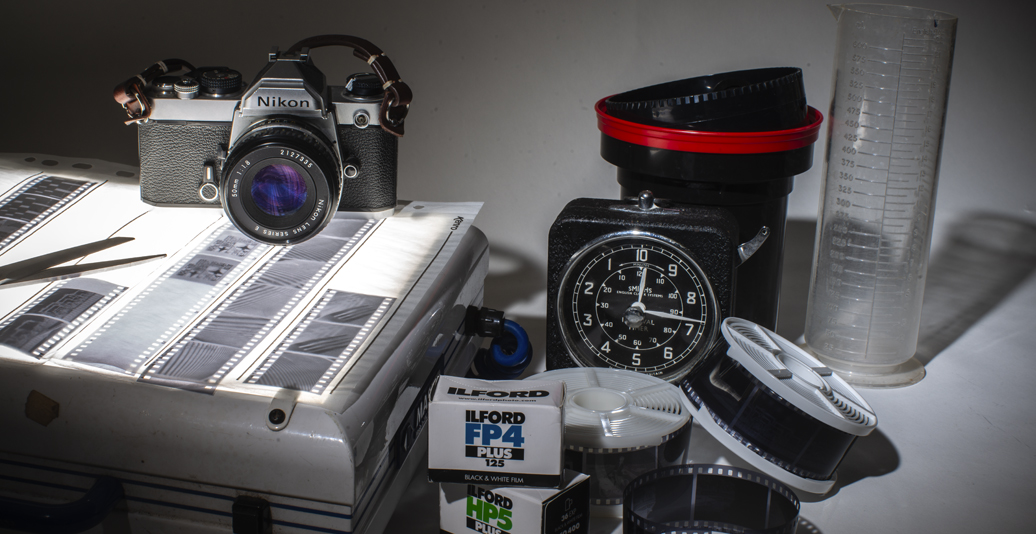
Learn how to develop your own black and white film negatives
Darkroom techniques
I cover a wide range of traditional darkroom techniques including; contact printing your negatives, test prints, making your first print, adjusting contrast, dodging and burning. During a darkroom training workshop, I can also introduce a variety of camera less photographic techniques such as’ photograms and cyanotypes.
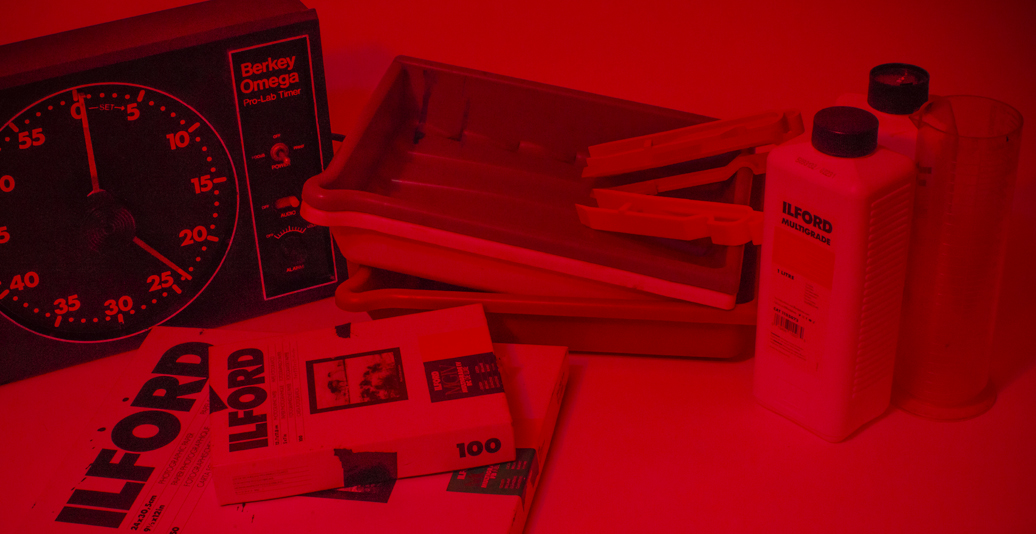
Preparing to make a black and white print in the darkroom
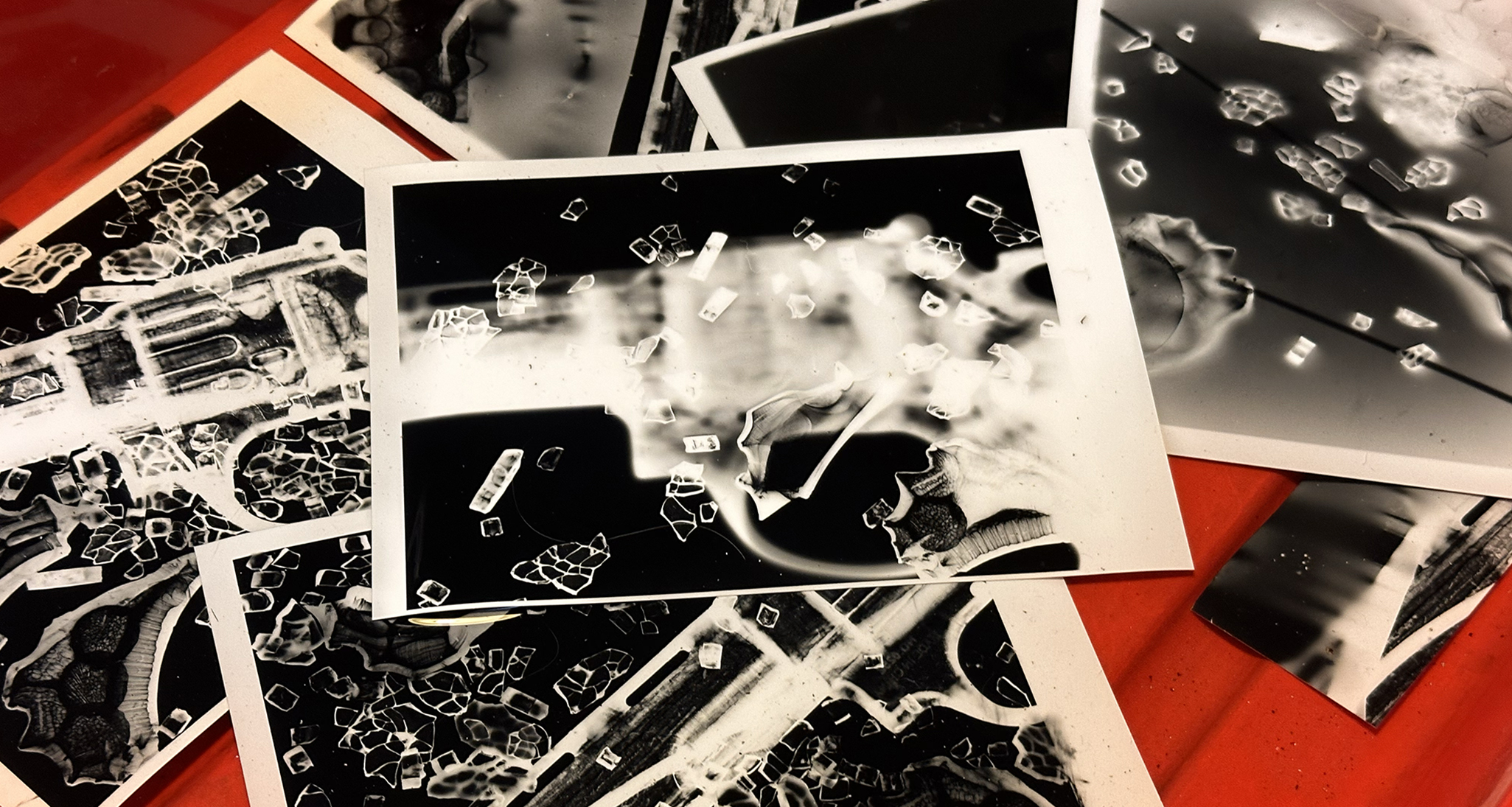
Photograms and luminograms in wash
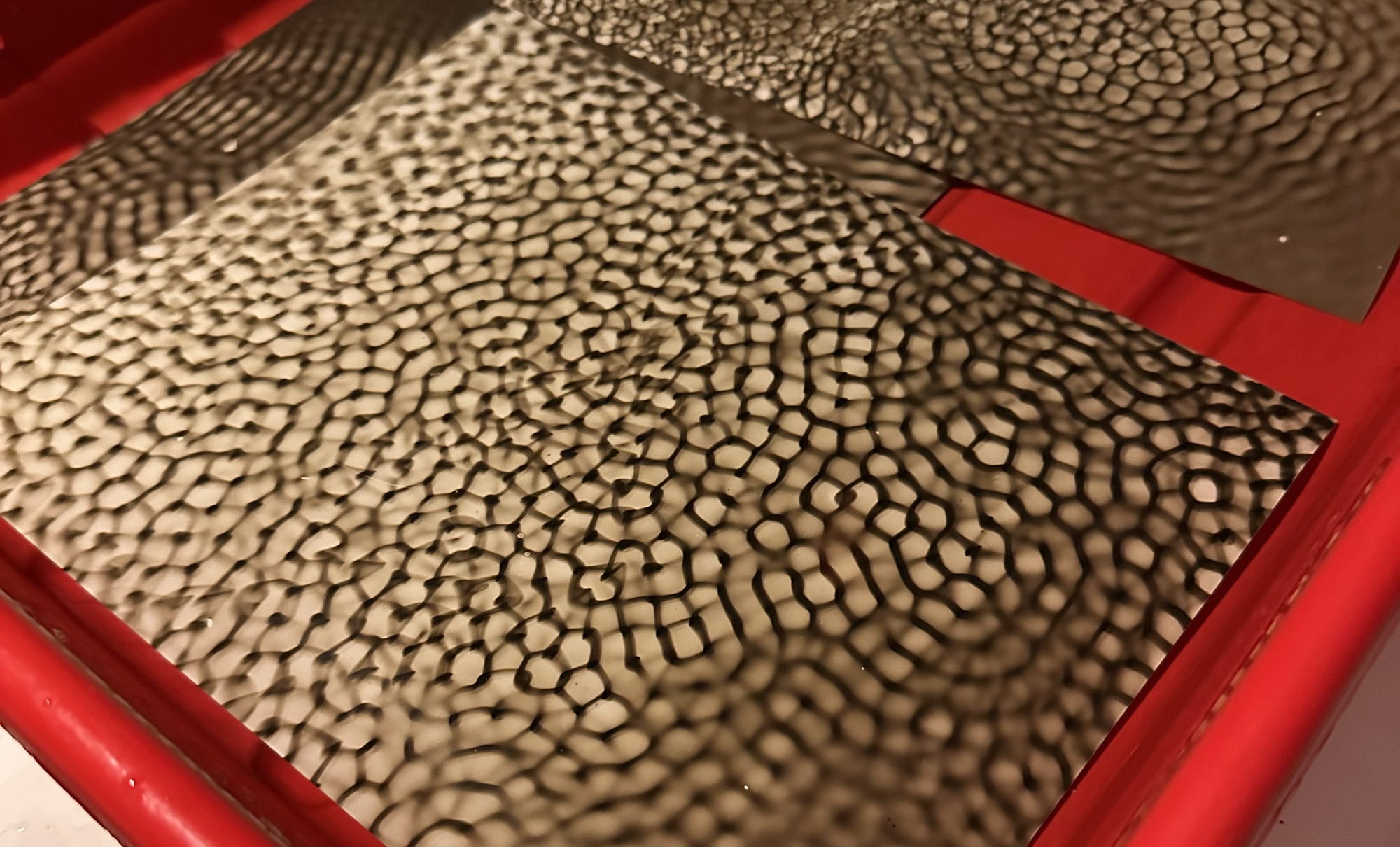
Photograms of ripples in water or ‘watergrams’
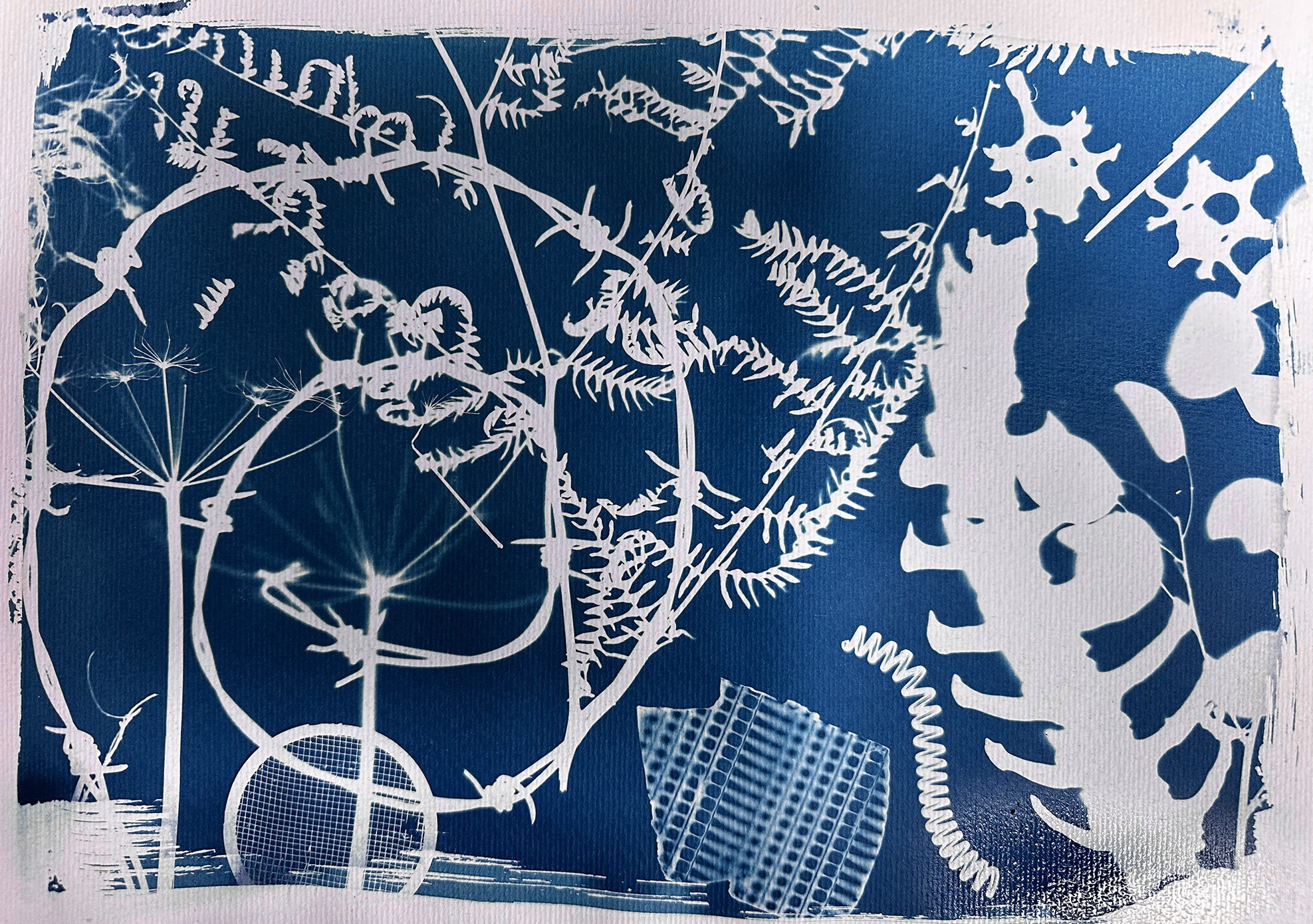
Broken bones and brake lights – cyanotype
If you have any questions or would like to learn more, do let me know.

